

CarExpert.com.au
The CarExpert team's favourite cars of 2025
3 Days Ago
Kia’s new, small SUV hits the sweet spot with its blend of just-right dimensions, handsome styling and peppy performance.
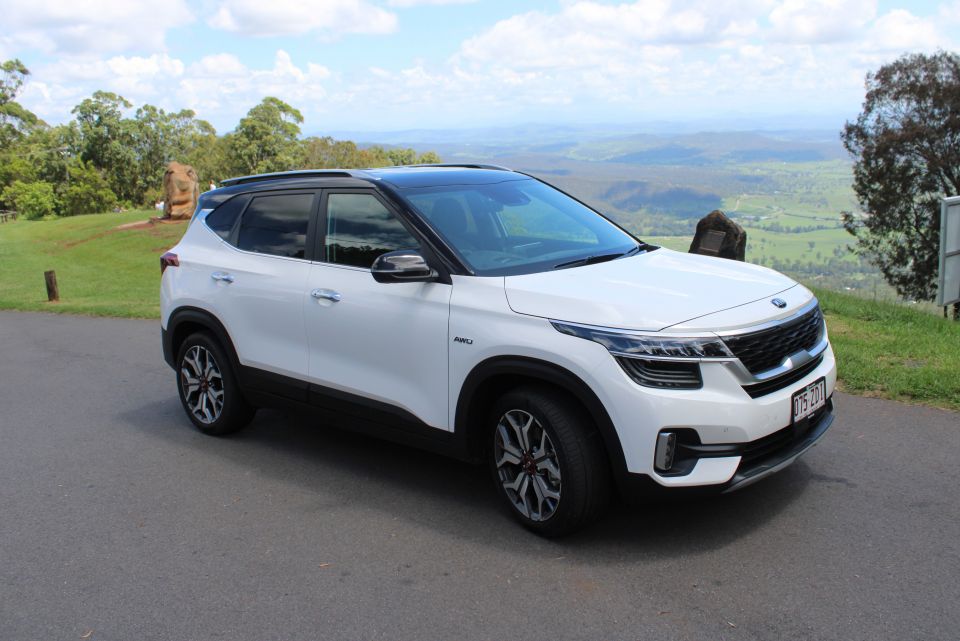
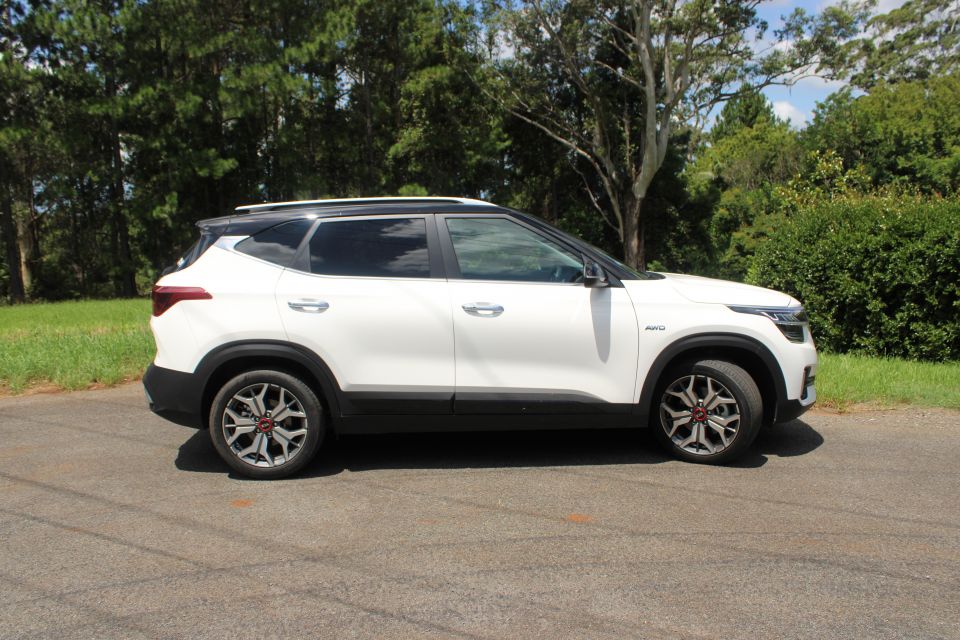

News Editor
New from
$41,100
excl. on-roads

News Editor
New from
$41,100
excl. on-roads


News Editor
New from
$41,100
excl. on-roads

News Editor
New from
$41,100
excl. on-roads
Quickly see how this car stacks up against its competition. Select any benchmark to see more details.
Where expert car reviews meet expert car buying – CarExpert gives you trusted advice, personalised service and real savings on your next new car.
With the new Seltos, Kia has belatedly entered the small crossover SUV segment.
Kia’s competed in this part of the market before but not with a traditional, SUV-style offering. The old Soul never captured the hearts of Aussie buyers, despite being well-received elsewhere.
The Seltos, therefore, represents Kia’s best chance at peeling away sales from the top-selling Mitsubishi ASX and Mazda CX-3.
First impressions are good. Friends and passers-by were quick to comment on how handsome it looks in flagship GT-Line guise.
Unlike the rival CX-3, the Seltos looks more like a traditional SUV than a lifted hatchback.
The detailing is fussier than other modern Kias, particularly the bi-level, T-shaped headlights. Nevertheless, it looks mature and even upscale.

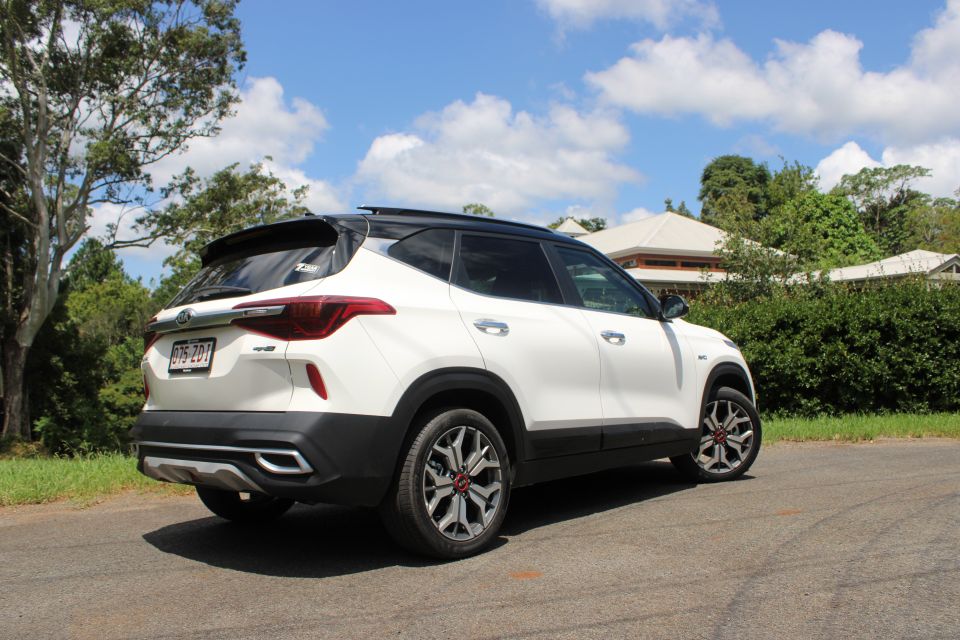
The Kia Seltos range opens at $25,490 before on-road costs for the base S, topping out at $40,900 before on-road costs for the GT-Line featured here.
Kia regularly offers drive-away deals across its range. The GT-Line is currently being advertised at $42,690 drive-away.
Buy your new car without the stress. It's fast, simple and completely free.

Great service from Travis and team, second time I have used this business would not hesitate to recommend them to anyone
Craig C.
Purchased a Ford Ranger in Sunshine Coast, QLD
CarExpert helped Craig save thousands on his Ford Ranger, now let us save you on your next new car.
Find a dealAll Kia Seltos models bar the base S come with a 10.25-inch touchscreen infotainment system with Android Auto, Apple CarPlay, satellite navigation and DAB digital radio.
That’s an impressively large touchscreen for the segment, when many rivals have only an 8.0-inch unit like the base S.
The GT-Line sits atop the Seltos range and is available exclusively with all-wheel drive and a turbocharged 1.6-litre four-cylinder engine.
The only way to get all-wheel drive in the Seltos is with this engine. Selecting it also means the torsion beam rear axle is swapped out for an independent, multi-link arrangement.
As expected of a top-line Kia, the GT-Line has a bevy of standard features like a 7.0-inch colour display in the instrument cluster, heated and ventilated front seats, head-up display, eight-speaker Bose premium sound system, wireless phone charging, lane following assist, and LED headlights, daytime running lights and fog lights.
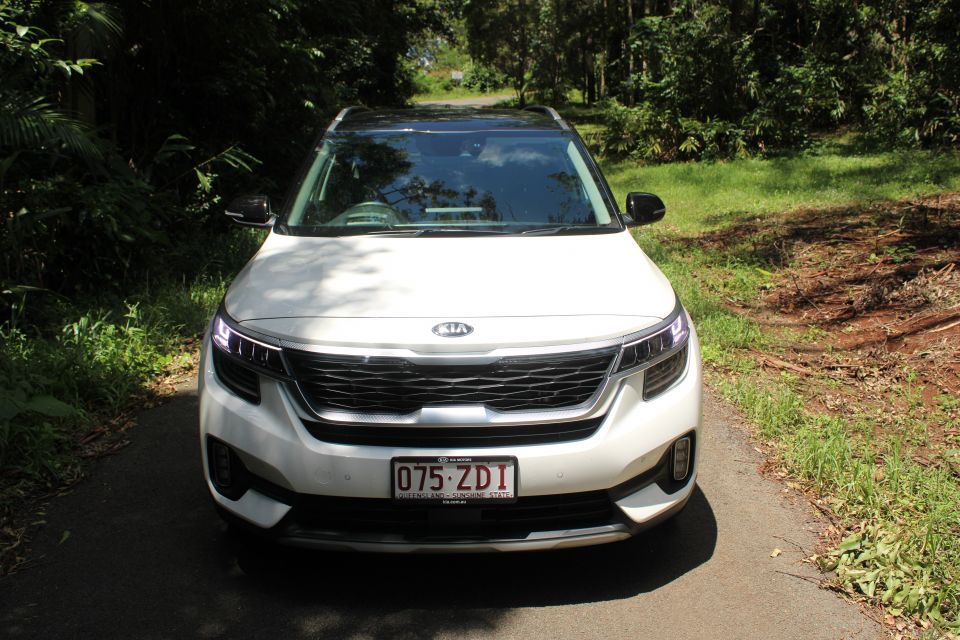

Other features include front and rear parking sensors, an electronic parking brake, adaptive cruise control, proximity entry with push-button start, and remote start. All of these are available in the Sport+ one rung down.
The Sport+ is also the only trim level that offers a choice of both Seltos powertrains.
If you don’t need the GT-Line’s extra mod-cons, you can get its powertrain in the Sport+ for $35,490 before on-road costs, or $3500 more than the Sport+ 2.0-litre.
The two-tone paint job – on this tester, Clear White and Cherry Black – gives the GT-Line an upscale look, helped by the unique 18-inch alloy wheels and LED lighting up front.
If you want both a sunroof and the two-tone paint, however, you’re out of luck – a sunroof is only available on GT-Line models with one paint colour. It’s also a regular unit, not a panoramic one.
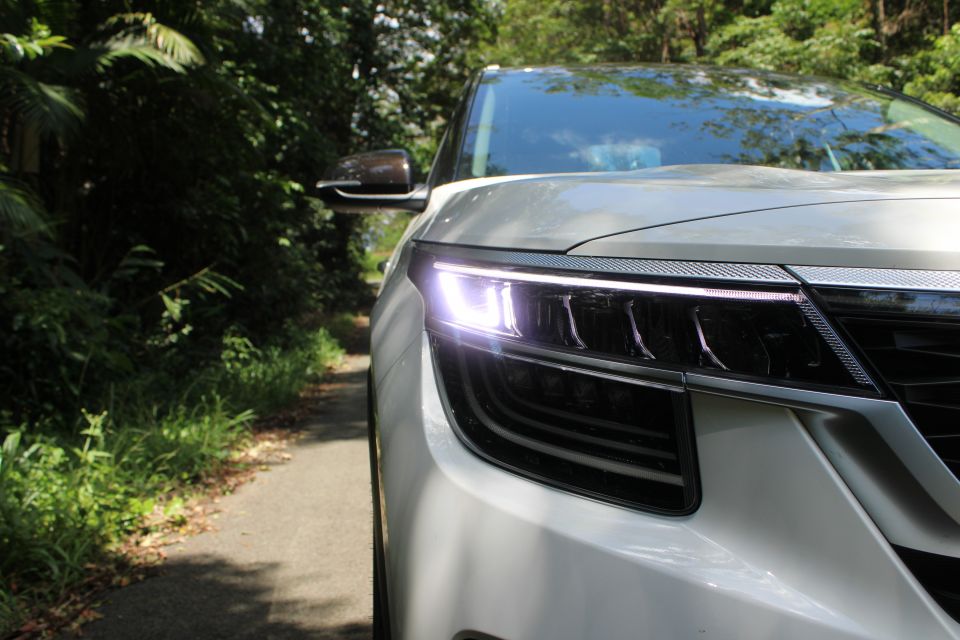
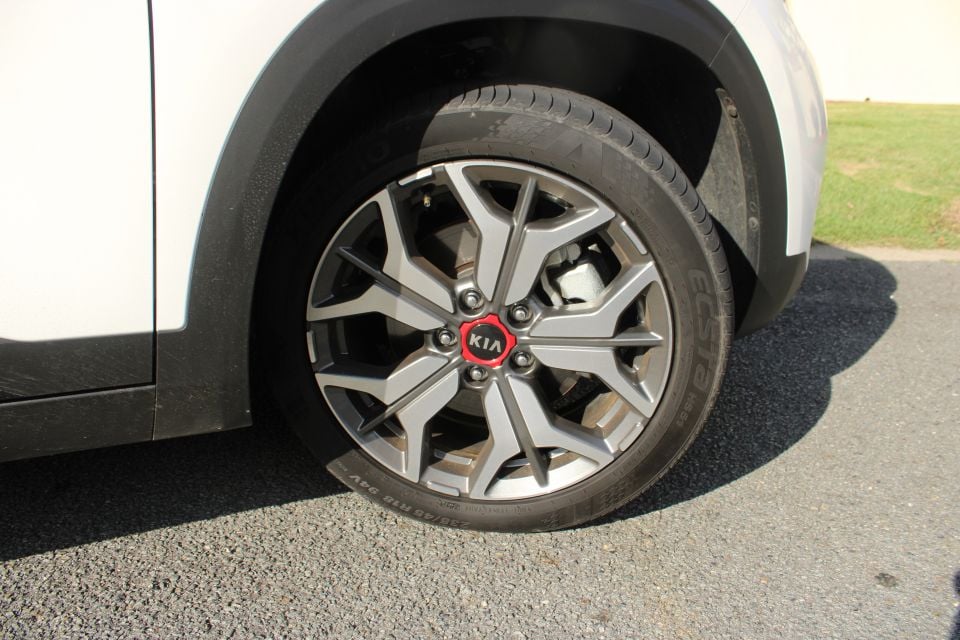
When the Kia Seltos was tested by ANCAP in 2019, it received a rating of five stars.
As mentioned above, all Seltos models feature autonomous emergency braking with forward-collision warning. The standard system detects cars and pedestrians.
The Sport+ and GT-Line, as well as the S and Sport when equipped with the Safety Pack, add a more sophisticated AEB system with cyclist detection.
Also standard fitment across the range are lane-keeping assist, anti-lock brakes, and front, front side and curtain airbags.
Sport+ and GT-Line models both add blind-spot monitoring and rear cross-traffic alert.
Exclusive to the GT-Line is safe exit alert. This system will alert you if a car is entering your blind spot as you’re exiting your vehicle.

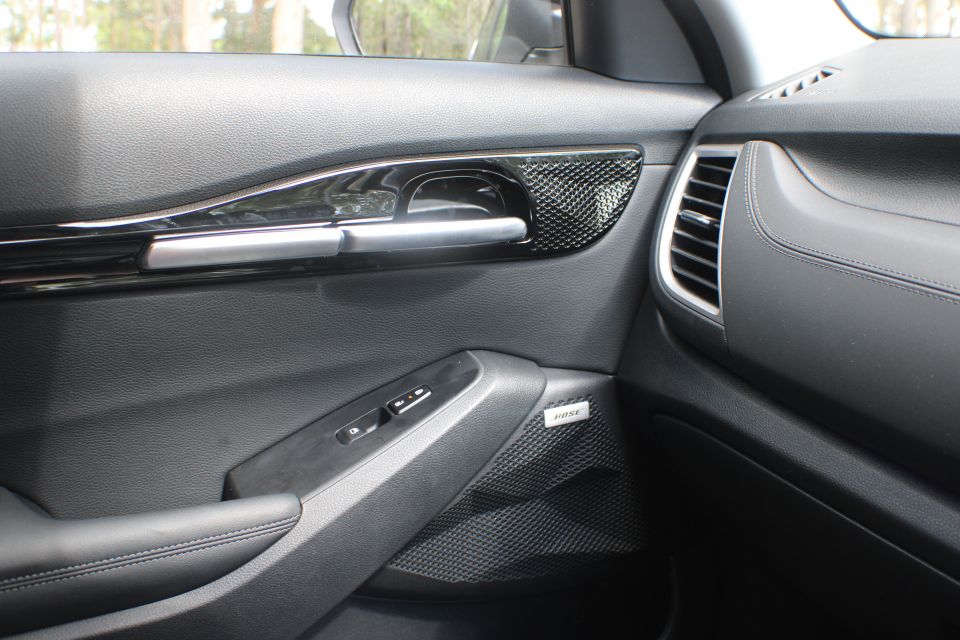
Inside, Kia’s gotten a little funky. Sure, the dashboard is still largely reminiscent of other Kia models like the Cerato but there are some distinctive and appealing new details.
The trim next to the handles and speaker grilles in each door have a rocky appearance. It’s subtle but visually appealing, and adds some character to an otherwise handsome if conservative interior.
Some trip information appears on the right-hand side of the 10.25-inch touchscreen but for many it’s useless trivia – oh honey, guess how long I spent idling in traffic today?
Annoyingly, when Android Auto is activated, it takes up only the left two-thirds of the screen instead of either stretching or appearing closer to the driver.
The closest third of the screen to the driver simply reads “Android Auto”, which is redundant.

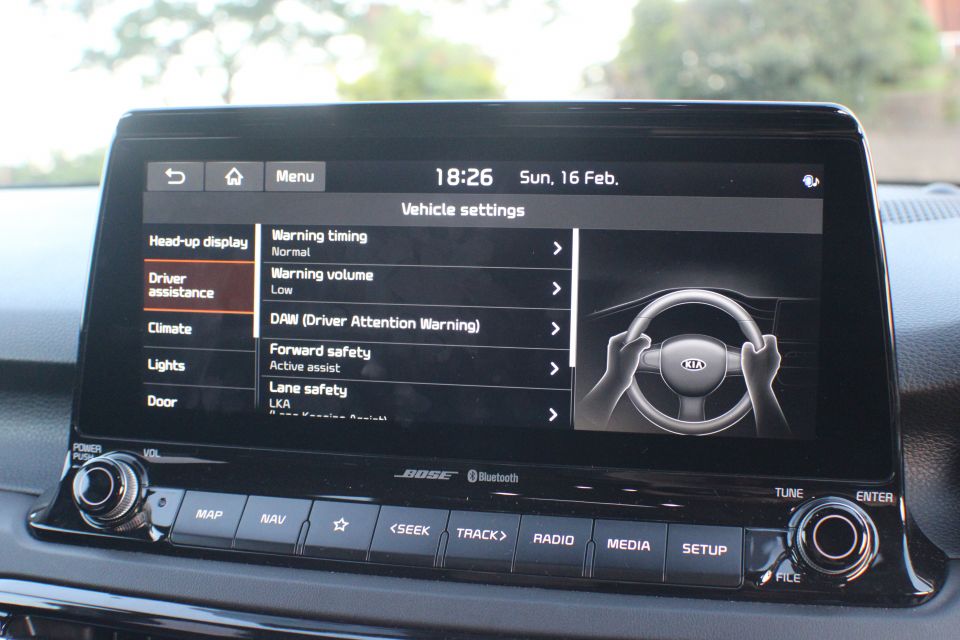
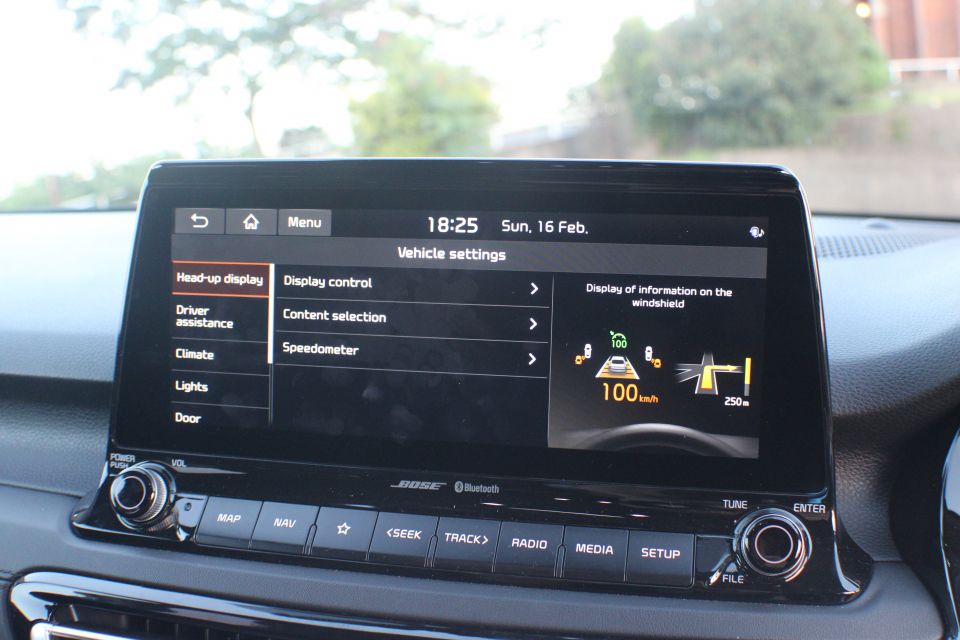
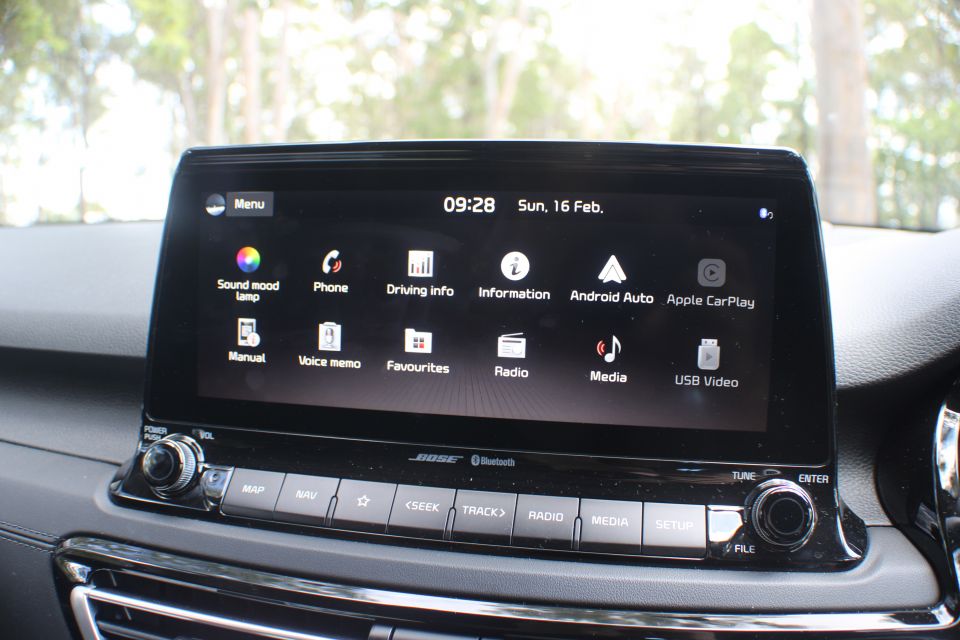
Kia’s infotainment system is typically one of the cleanest and most attractive on the market. It’s been refreshed slightly for the Seltos, with the navigation in particular looking even more crisp and modern.
You also have the option of setting and saving individual driver profiles via the touchscreen.
It’s also refreshing to see how much stuff you can turn off. Don’t like being verbally warned about red light cameras? Change it to a chime, or turn it off.
Don’t like the saccharine welcome tone that plays when you get in the car or turn it off? You can switch that off, too.
The 10.25-inch screen also has a wonderfully high-resolution reversing camera display, almost good enough to take selfies with.
In the daytime, that is. At night it becomes rather grainy and was rendered virtually useless by stray rain drops one drizzly eve.
In the GT-Line, cloth is banished entirely from the seating surfaces in favour of artificial leather. Some of said trim also appears in the dash, breaking up the plastics that are hard to the touch if well screwed together.
The GT-Line also adds ambient interior lighting, albeit with a funky twist.
You can either have the lighting remain static or turn on what Kia calls the Sound Mood Lamp.
There are a few different colour themes to choose from, the ambient lighting in the front doors’ speaker grilles and on the dash pulsing to music.
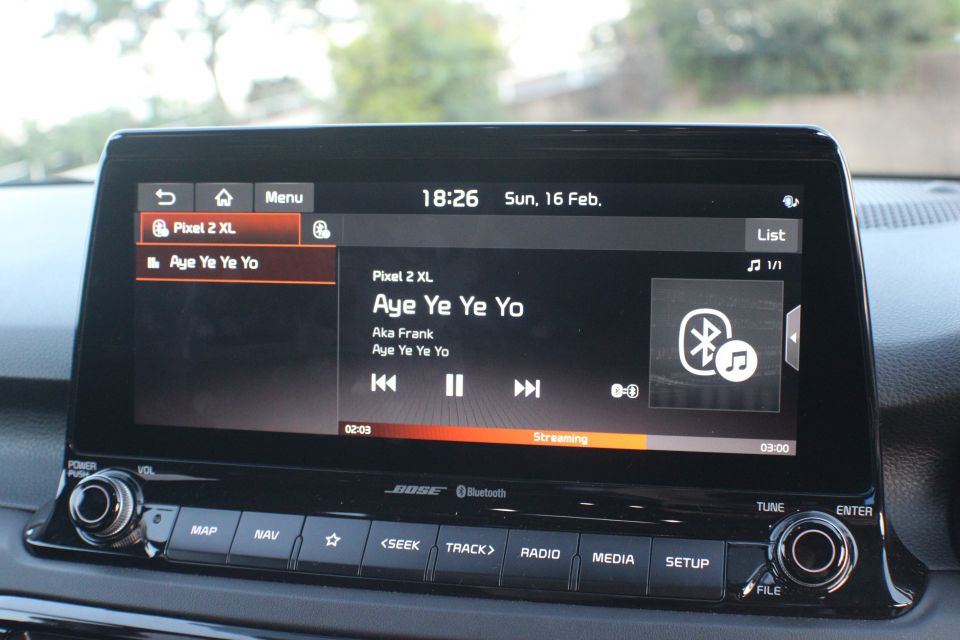

Amusingly, the lights will also pulse to advertisements and talk radio. Switch ‘em to red and turn on AM radio for a 2001: A Space Odyssey effect.
The GT-Line’s standard 8.0-inch head-up display is more reminiscent of Get Smart’s Cone of Silence, the unit whirring loudly as it enters and exits the dash.
The display itself is legible but Kia would be wise to use it to show if the indicators are on. With the tilting and telescoping steering wheel in my ideal position, the indicator display in the instrument cluster is blocked.
“Why wouldn’t you just be able to hear the indicators?” you may ask. Simple: because you’ll have cranked up the terrific eight-speaker Bose sound system.
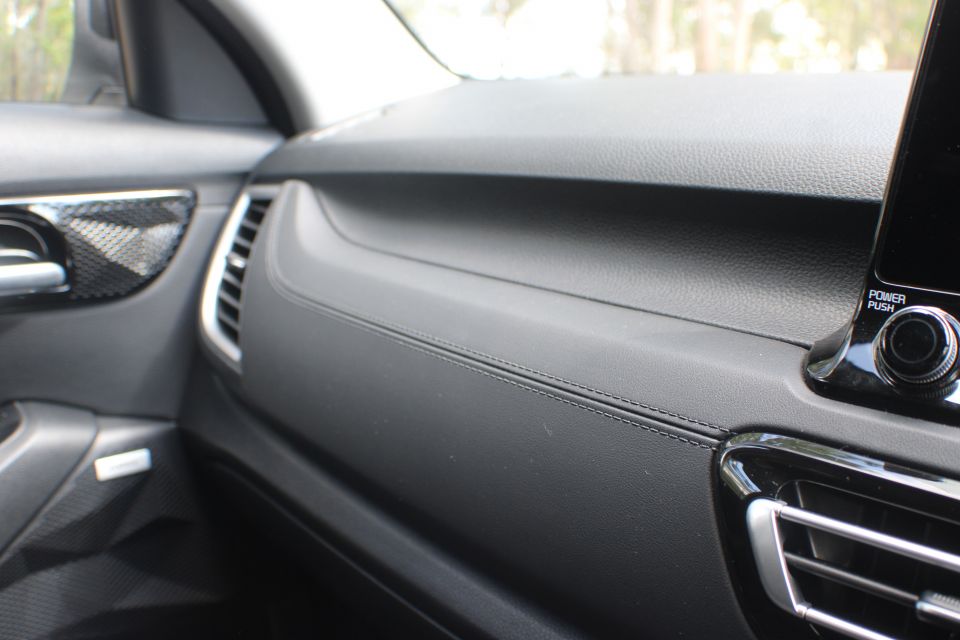
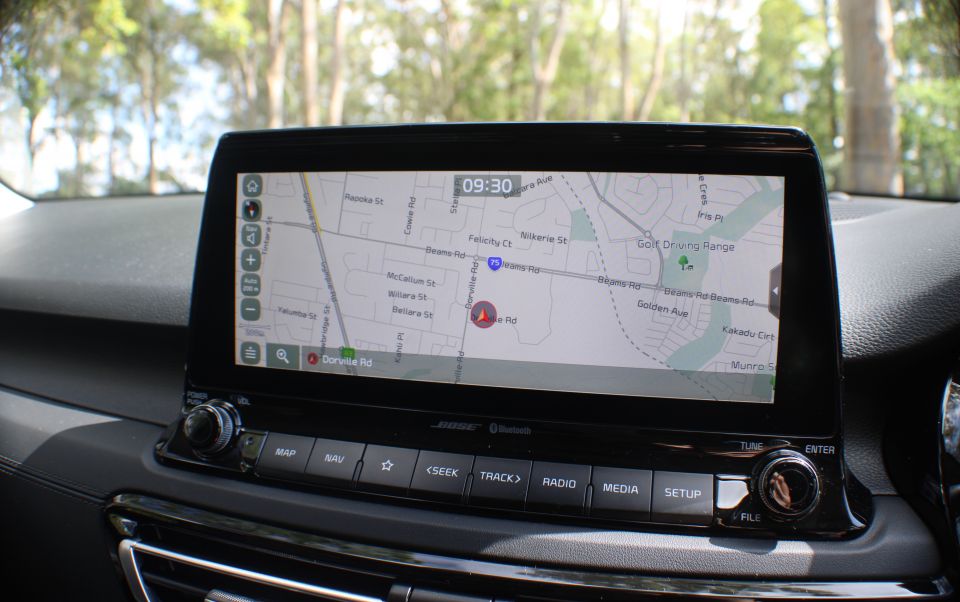
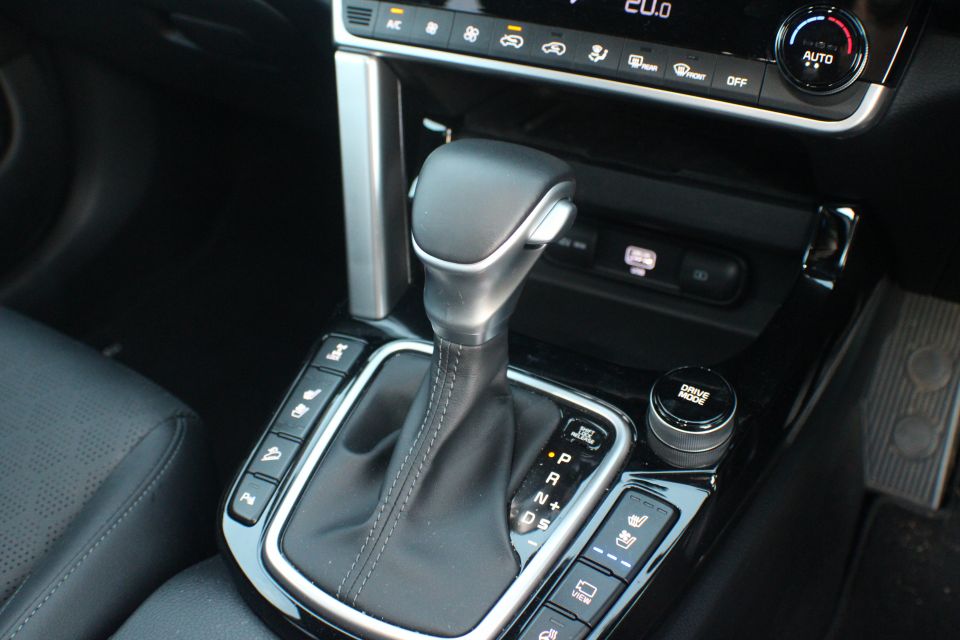
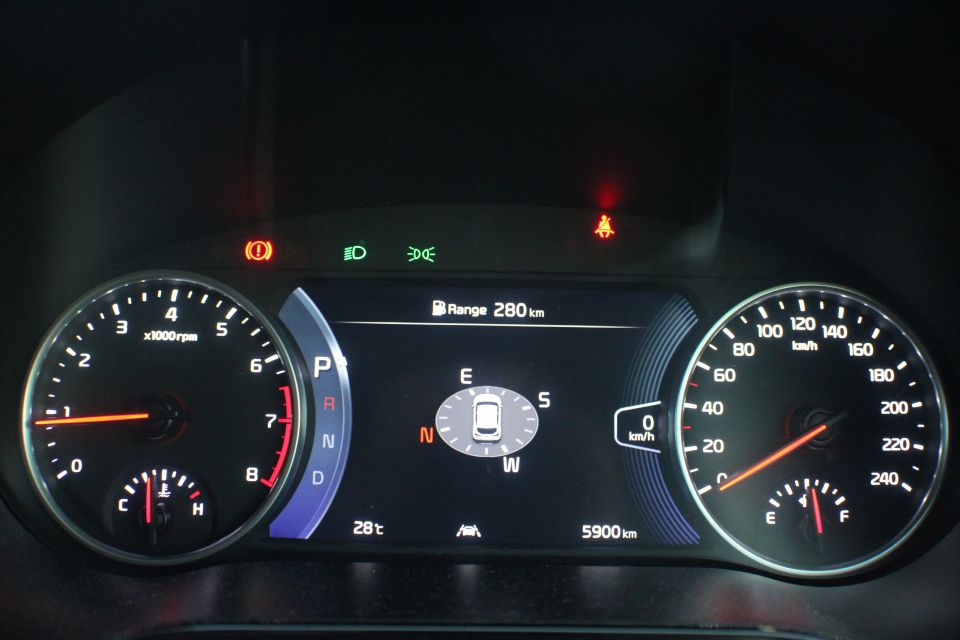
In terms of sound quality, the Bose sound system blows other top-line Kia JBL systems out of the water.
The Seltos is the first Kia to use a Bose sound system and it’s a belter. The only downside is the reflection in the windscreen of the speaker grille atop the dash.
There are some puzzling omissions on even this flagship model. For example, the climate control remains single-zone and there’s still only one window with auto up/down. There’s also no sunglasses holder on the roof.
Also, while top-line Kias like the Sportage GT-Line have paddle shifters, the Seltos GT-Line lacks them. You can only shift manually using the shifter itself.
My sister came along for a ride and remarked the Seltos’ size was perfect for her and her three kids, two of whom are in high school.
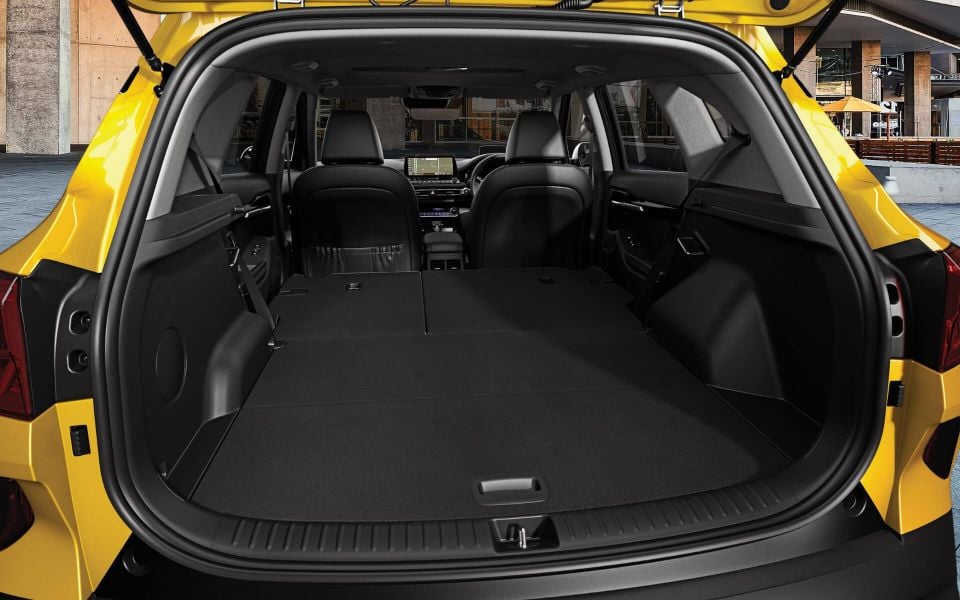
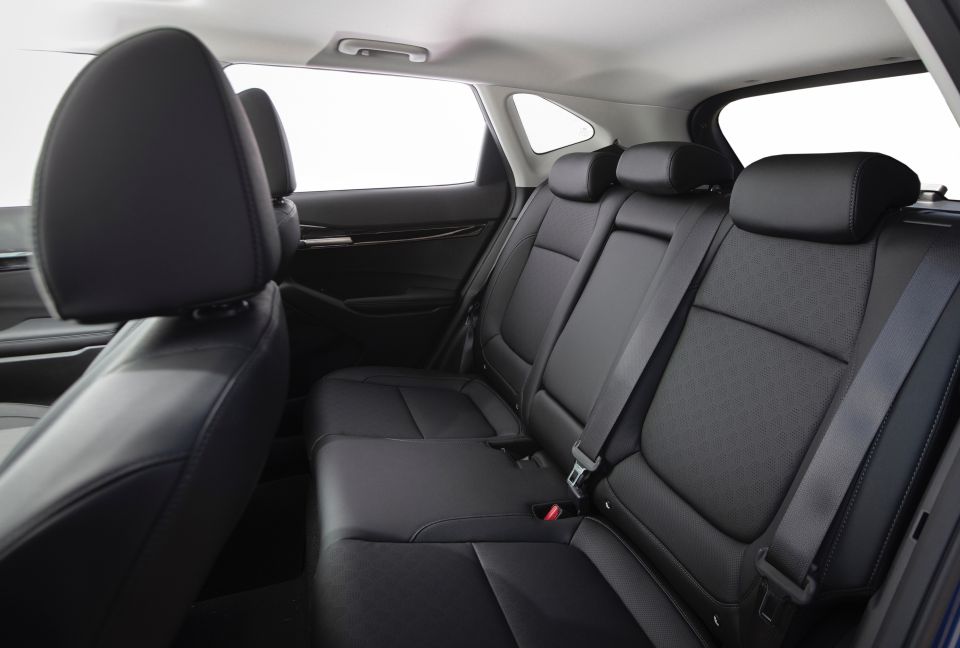
I suspect many prospective buyers will feel the same. Whereas a similarly-priced Mazda CX-3 can feel tiny in the rear and offers few packaging advantages over a Mazda 2, the Seltos is in the Goldilocks zone.
Notably, it feels like a much smaller car to pilot than the Sportage but doesn’t feel considerably smaller inside, with plenty of cabin and cargo room.
In fact, in boot volume, the Seltos is only narrowly pipped by its larger, more expensive sibling – 433 litres or 1393 litres with the 60:40 second row folded, compared to 466L and 1455L, respectively.
In the second row, you’ll also find three anchor points and two ISOFIX points for child seats.
The next Sportage will grow in size, giving the Seltos more room. However, the Seltos will soon face some internal competition from the Stonic.
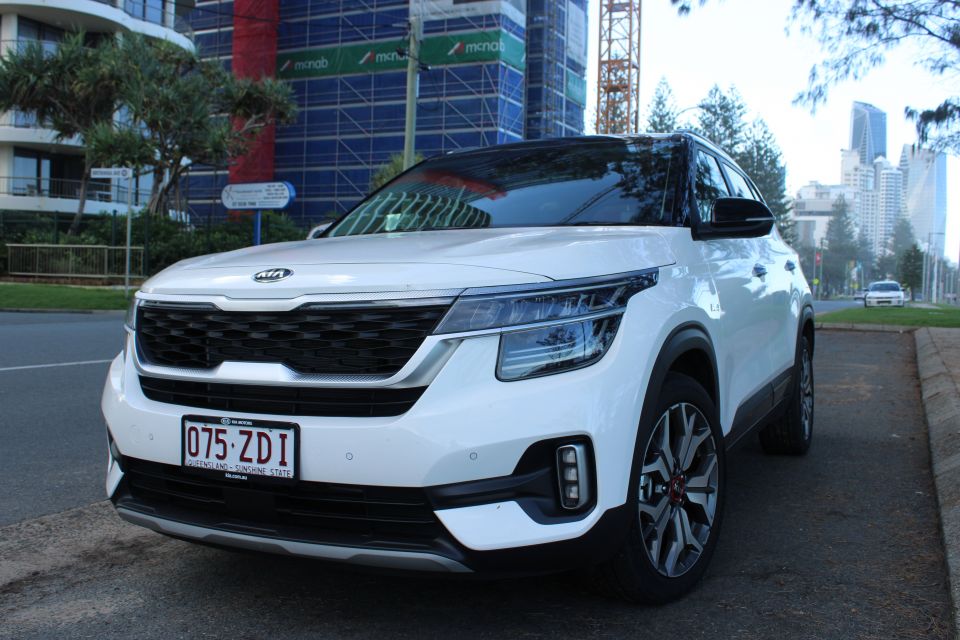
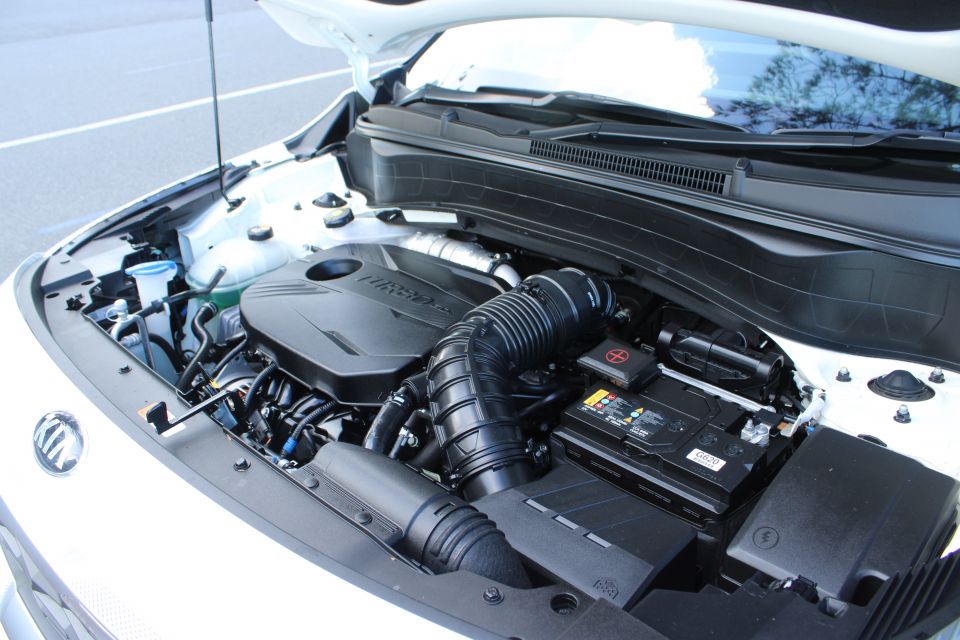
Standard across the entire Seltos range, excluding the GT-Line, is a naturally-aspirated 2.0-litre four-cylinder engine. It produces 110kW and 180Nm and is mated exclusively to a continuously-variable transmission (CVT).
Optional on the Sport+ and standard on the GT-Line is a turbocharged 1.6-litre four-cylinder engine. It produces 130kW and 265Nm and is mated exclusively to a seven-speed dual-clutch automatic transmission.
Dynamically, the Seltos feels like a midway point between a Cerato and a Sportage.
It doesn’t quite hug the road as well as a Cerato but its centre of gravity feels much lower than a Sportage, though you still have a comfortably elevated driving position.
Body roll is well controlled and the electrically-assisted power steering is well-weighted, though to call this overly fun to drive would be a stretch. Nevertheless, it’s a more enjoyable steer than a Sportage.
It also rides comfortably, with only large bumps and potholes affecting its composure.
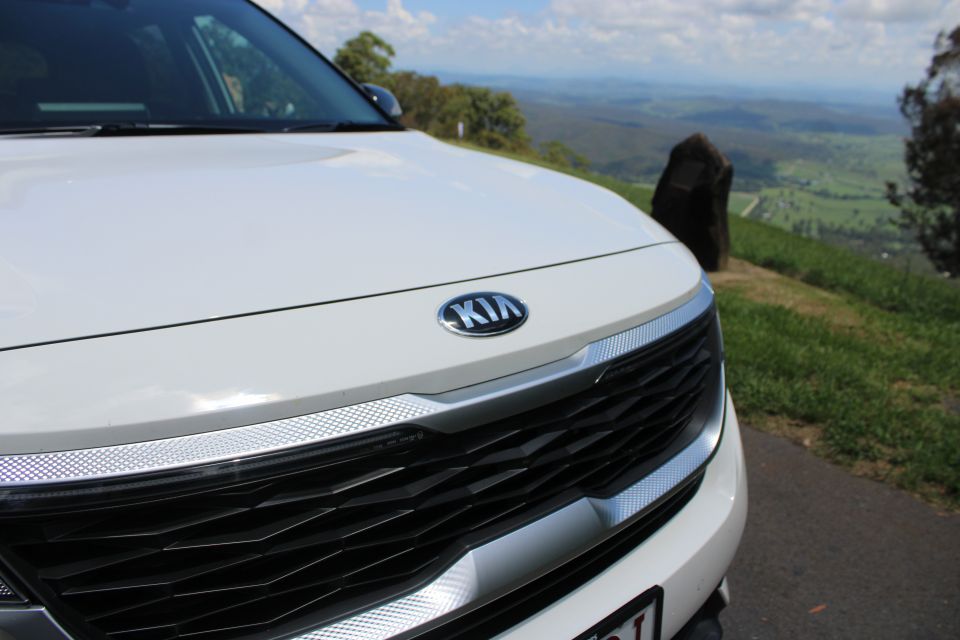
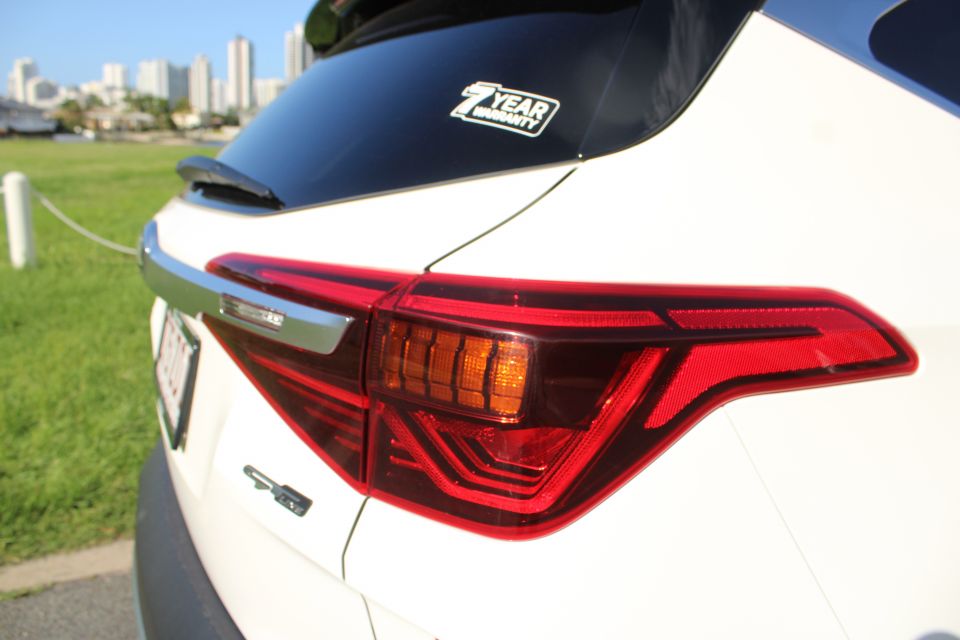
The GT-Line’s turbocharged 1.6-litre four-cylinder engine, on paper, seems like it’d be a significant improvement in performance over the naturally-aspirated 2.0-litre. The seven-speed dual-clutch automatic transmission also promises quick shifts.
It’s true that, in other models, Kia’s Nu 2.0-litre can feel lethargic, particularly when mated to a six-speed automatic transmission.
When mated to a CVT in the Seltos, however, it’s a revelation. There’s a greater sense of immediacy than with the regular torque-converter auto and it always feels sufficiently punchy, even in default Comfort mode.
It also doesn’t drone and doesn’t need to be revved to tap its potential. In all, it’s a pretty bloody good base powertrain.
Unfortunately, the pricier turbo four doesn’t represent quite the improvement we’d hoped over the base engine, and brings with it some annoying drivability issues.
Despite an extra 20kW and 85Nm, the GT-Line feels scarcely quicker than a 2.0-litre Seltos.
There’s a noticeable delay off the line, the transmission juddering as it scrambles to find an appropriate gear.
You’re likely to rev the GT-Line more aggressively than the 2.0-litre Seltos which, in turn, produces raucous engine noise.
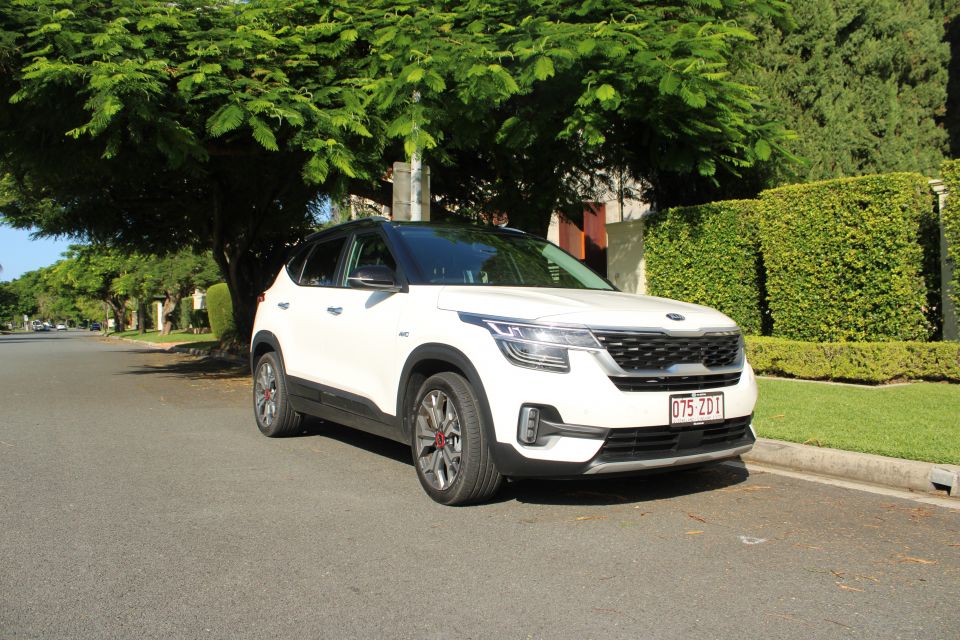
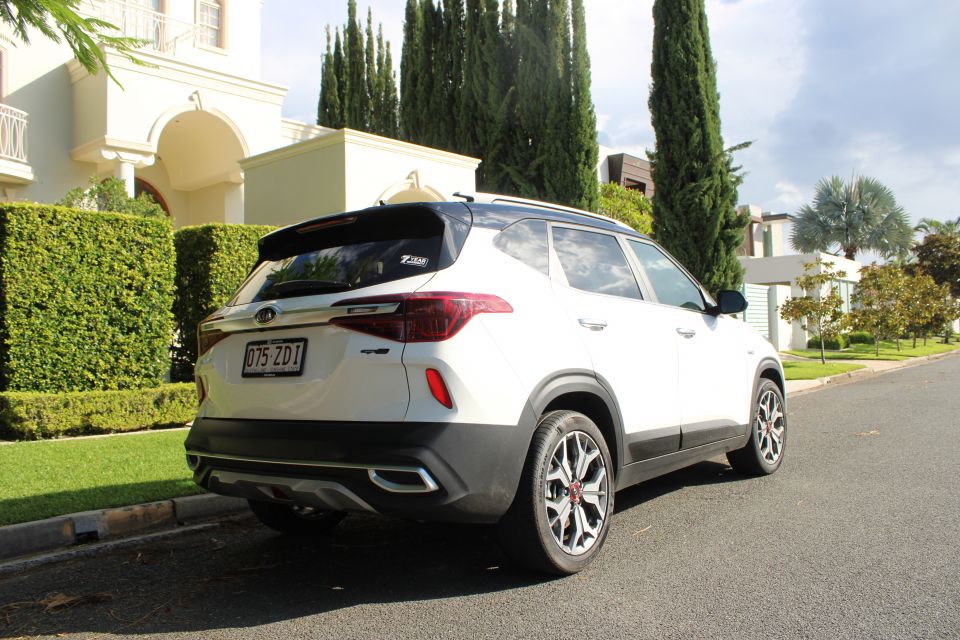
Even in less aggressive driving, the GT-Line’s turbo mill produces a strange, gritty sound.
It’s hardly the most inspiring engine note. At least wind and tire noise is otherwise well-contained.
Sport mode doesn’t provide a tangible difference in responsiveness. In day-to-day driving, the 2.0-litre is arguably the superior option.
Also disappointing in operation is Kia’s lane-keeping assist.
It’s not the cleverest of safety aids and can be dim-witted, scarcely intervening and merely ping-ponging you within a lane and yet unexpectedly tugging on your wheel at other times.
The GT-Line adds lane-following assist, which aims to keep the car in the centre of the lane. This feature only works when the cruise control is activated.
You should always be focused on the road but if you get distracted in traffic, the Seltos’s Driver Attention Alert+ will also chime to let you know if the car ahead of you is moving. Clever.
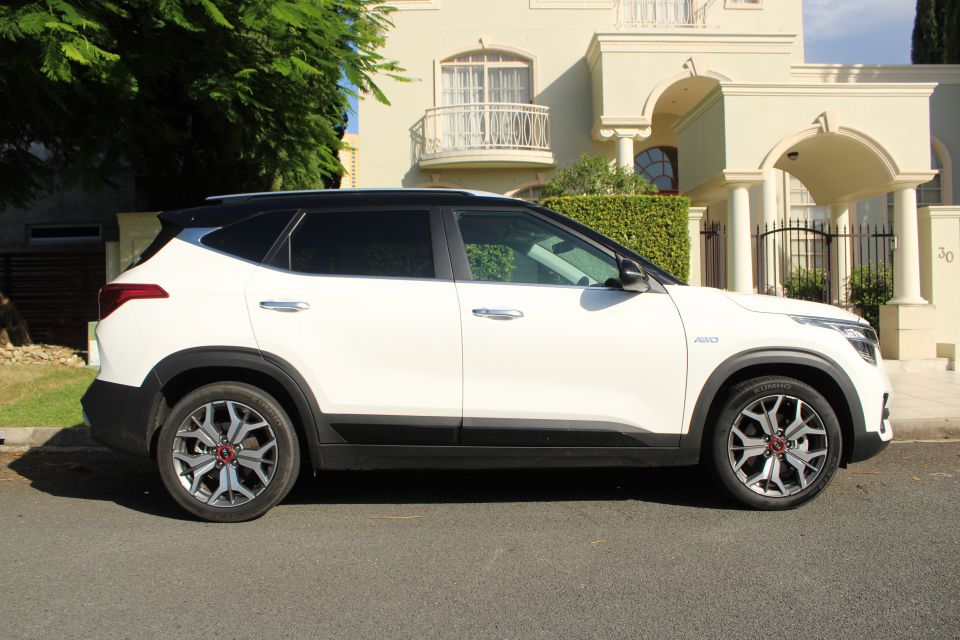
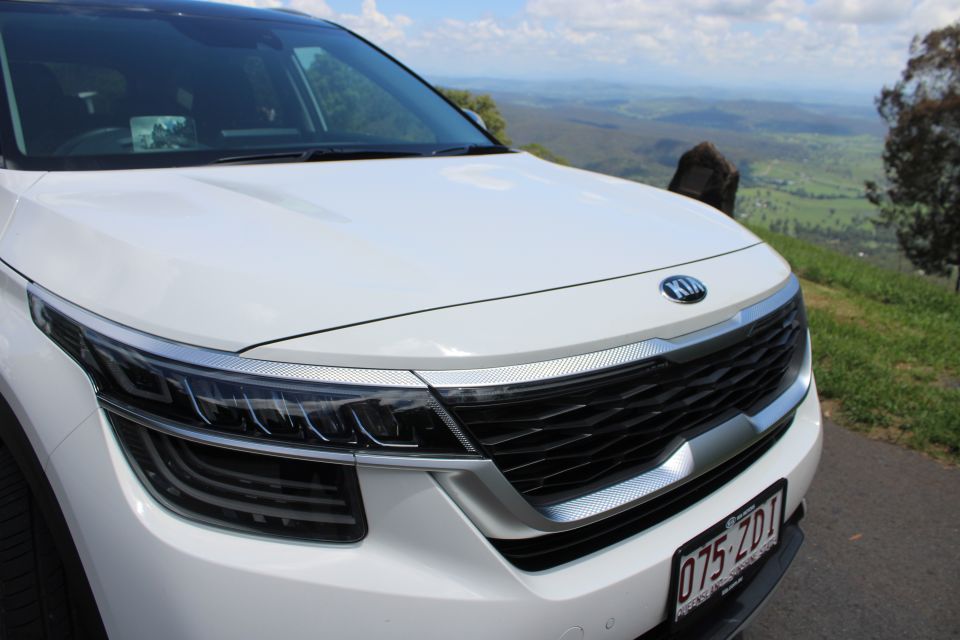
The GT-Line consumed 10.3L/100km in a mix of city and highway driving.
A Sport+ we had earlier managed 9.3L/100km.
Kia claims a combined 6.8L/100km for 2.0-litre Seltos models and 7.6L/100km for those with the turbocharged engine.
City and highway ratings are 9.5L/100km and 6.3L/100km for the 1.6-litre. It requires only 91RON regular unleaded fuel.
You’ll pay more at the pump with the 1.6-litre and you’ll also pay slightly more at the servicing department.
Kia offers seven years of capped-price servicing alongside its seven-year, unlimited-kilometre warranty.
The average servicing cost over seven years for Seltos models with the turbocharged 1.6-litre is $466. For models equipped with the 2.0-litre, it’s $402.
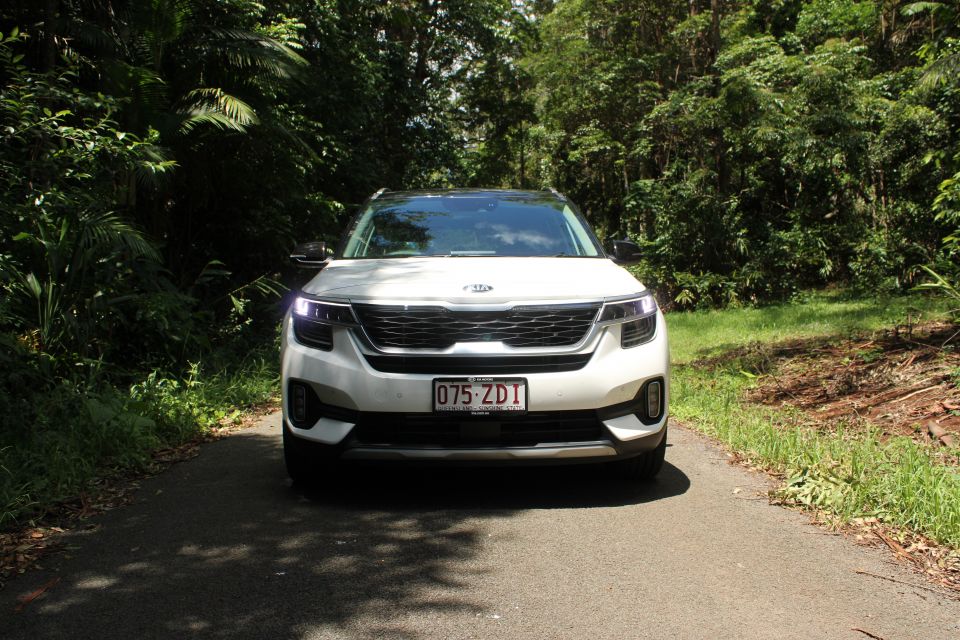
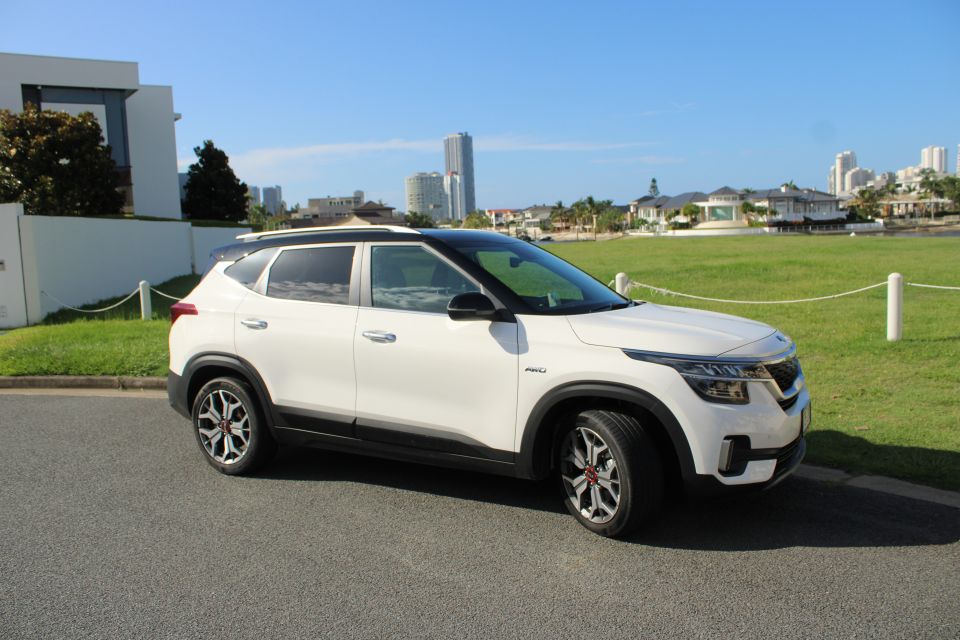
Where expert car reviews meet expert car buying – CarExpert gives you trusted advice, personalised service and real savings on your next new car.
While the GT-Line adds a commendable amount of kit, it’s not worth $5500 more than a Sport+ with the same powertrain.
For that matter, the extra $3500 you pay for that powertrain in the Sport+ is dubious.
Unless you really need the all-paw traction, the regular 2.0-litre/CVT combo is arguably better in day-to-day driving.
The turbocharged 1.6-litre doesn’t feel all that much quicker, and it’s also slightly more expensive to fill up and service.
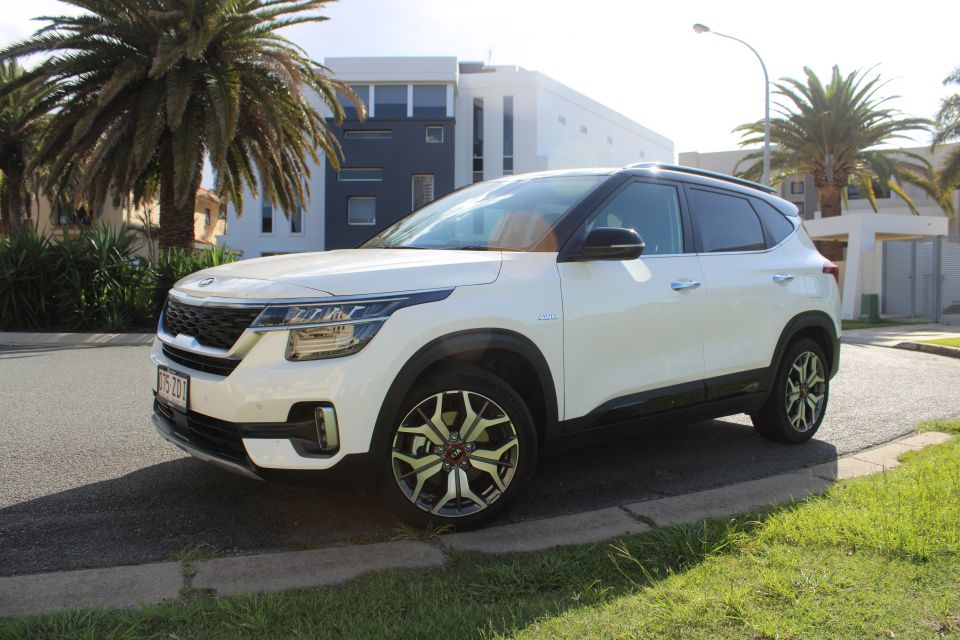
Kia Seltos sales are off to a strong start, and deservedly so.
Despite gimmicky features like its pulsing ambient lighting, the Seltos is a refreshingly sensible, no-nonsense SUV.
It’s more practical for young families than a CX-3 and feels newer and fresher than an ASX.
As tantalising as the GT-Line’s array of mod-cons may be, though, the smarter choice is the Sport+ with the 2.0-litre and CVT.
Where expert car reviews meet expert car buying – CarExpert gives you trusted advice, personalised service and real savings on your next new car.
William Stopford is an automotive journalist with a passion for mainstream cars, automotive history and overseas auto markets.


CarExpert.com.au
3 Days Ago


Damion Smy
4 Days Ago


Damion Smy
4 Days Ago


Josh Nevett
4 Days Ago


Max Davies
4 Days Ago


Ben Zachariah
5 Days Ago